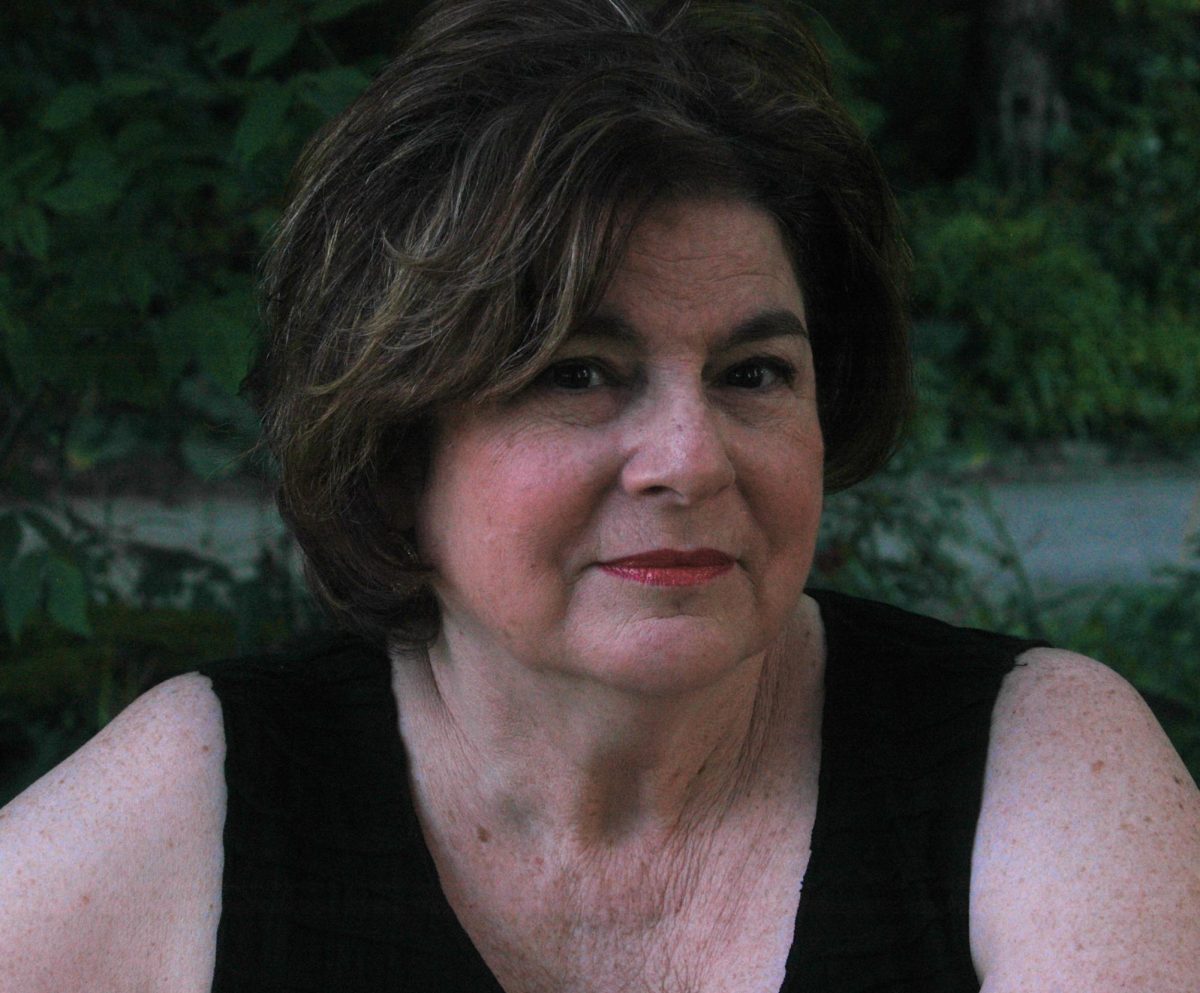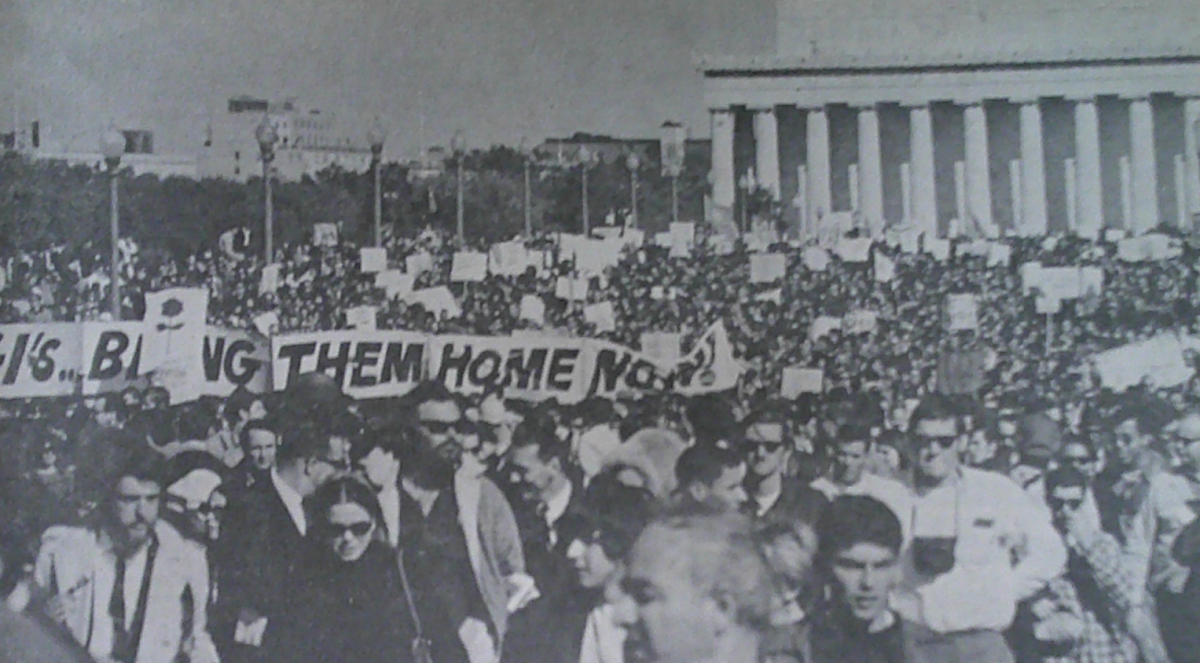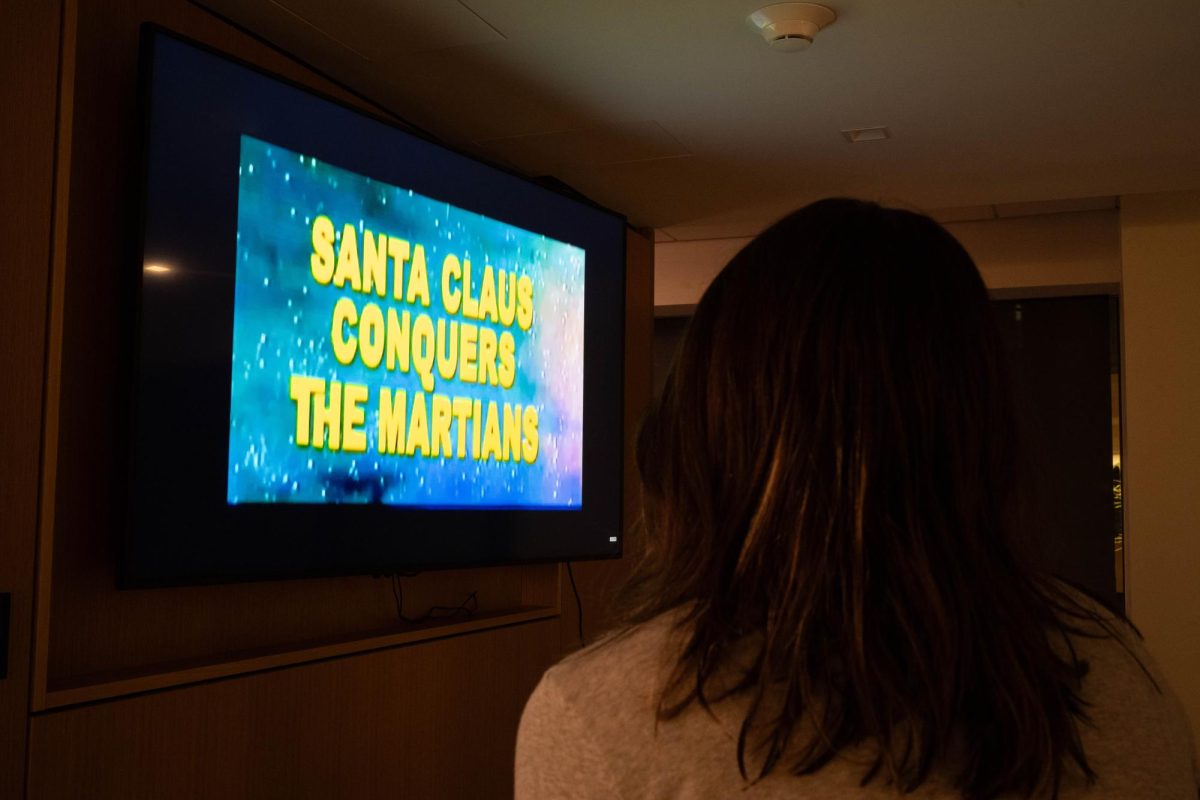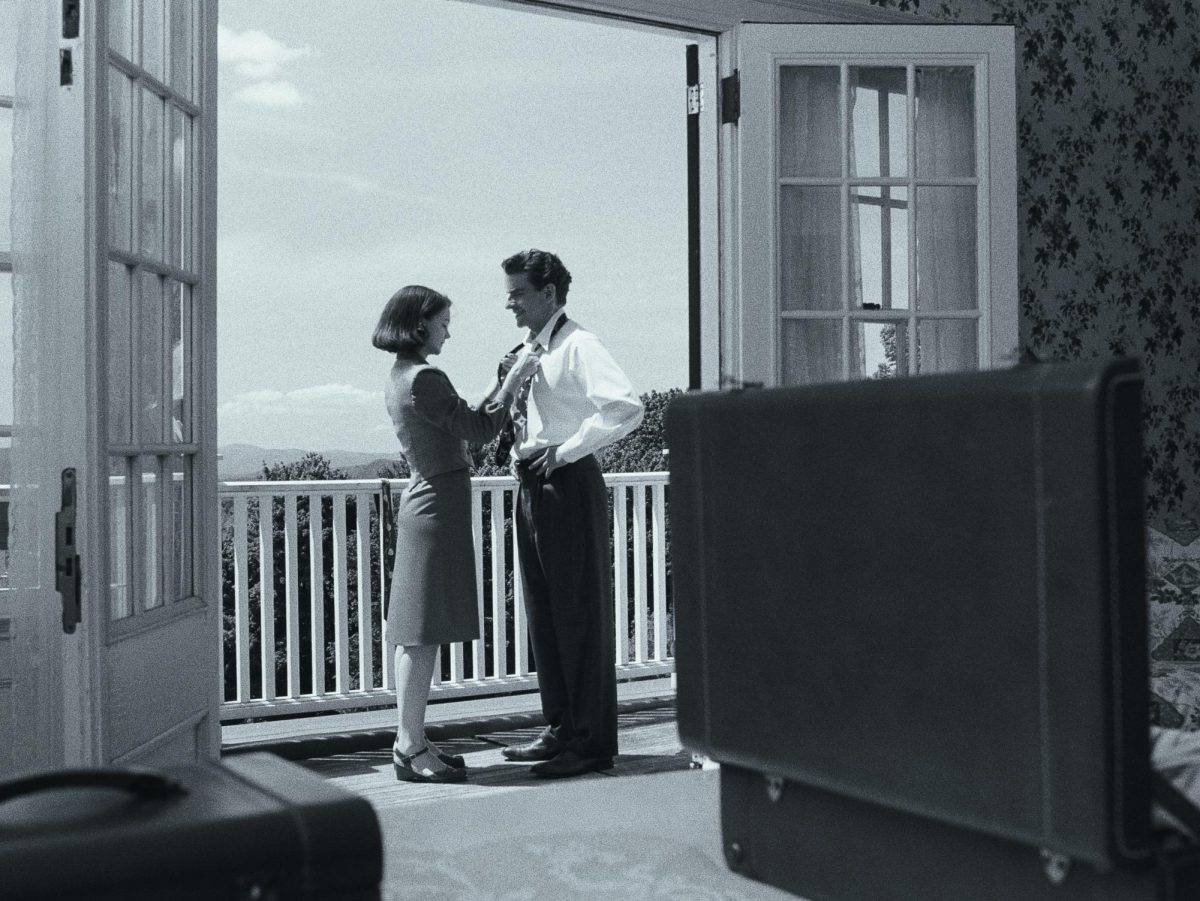The 2023 awards season has been both exciting and unexpected, from Cate Blanchett’s anticlimactic Golden Globe win for Best Actress to Ariana DeBose’s campy viral performance at the British Academy Film Awards.
Like DeBose sang in an awkward musical number to a confused crowd of nominated actors, Blanchett was “a genius” in “Tár” and Jamie Lee Curtis was “all of us” in “Everything Everywhere All at Once.” But one thing is for certain – each of this year’s 10 Best Picture Academy Award nominees “did the thing” in their own way.
Read on to hear The Hatchet staff’s case for why each film on this list deserves to win the most coveted award at the Oscars this Sunday:
All Quiet on the Western Front
Henry Huvos | Senior Staff Writer
“All Quiet on the Western Front,” a remake of the Best Picture-winning 1930 American film, tells the story of Paul Bäumer, a young German soldier, as the harsh realities of World War I shatter his heroic aspirations and idealism. Unlike the 1930 film, this 2022 take on the story is entirely in German, aiding the film’s already strong authenticity and realism. Similar to war flicks like “Saving Private Ryan” and “1917,” the film doesn’t shy away from the gore, brutality and heartbreak that define armed conflict. The film’s precise direction, powerful performances and gorgeous cinematography contribute to a moving experience unlike any other 2022 film has to offer.
Avatar: The Way of Water
Nick Perkins | Staff Writer
The visually stunning follow-up to the 2009 record-breaking original film, “Avatar, The Way of Water” follows Jake Sully, a human-turned-alien revolutionary leader, and his family as they escape humans hunting them down and move to a water-based community. The film’s plot doesn’t divert much from the typical blockbuster formula, featuring heroes and villains with limited complexity and a dramatic final showdown. But where “The Way of Water” really stands out is in its visuals, as director James Cameron immerses viewers in the underwater world of Pandora through a second act that feels more like a nature documentary where the Sully family learns about their new home. The visuals are gorgeous and make “The Way of Water” a breathtaking cinematic experience.
The Banshees of Inisherin
Henry Huvos | Senior Staff Writer
Set on a remote island off the coast of Ireland against the backdrop of the Irish Civil War, “The Banshees of Inisherin” begins when Colm (Brendan Gleeson) abruptly ends his lifelong friendship with Pádraic (Colin Farrell) for no apparent reason. What follows is the tragic, yet darkly comedic story of Pádraic’s attempts to repair the friendship despite Colm’s protests. Farrell and Gleeson are excellent, and writer-director Martin McDonagh does a masterful job conveying the pair’s incongruent outlooks on life and peace in addition to the consequences that result from their feud. With outstanding supporting performances from the entire cast and breathtaking visuals of the Irish coast, “The Banshees of Inisherin” features some of 2022’s most poignant and emotional storytelling throughout its runtime.
Elvis
Jack Parr | Reporter
“Elvis” follows the life and career of the “King of Rock” Elvis Presley (Austin Butler) and his widely criticized manager Colonel Tom Parker (Tom Hanks), highlighting the complicated relationship between these two characters. “Elvis” presents Parker as a multifaceted character who stood by Presley during the heaviest struggles of his life and career while overworking him like a circus animal – insight into what really led to the downfall of the superstar. The film’s most poignant scene showcases Presley and his band rehearsing for their first show at the Las Vegas International Hotel, illuminating the intricacies that go into each performance. The scene brings the audience into what Elvis Presley’s music is truly all about and displays the unfathomable levels of talent and stage presence that made him a musical legend.
Everything Everywhere All at Once
Abrigail Williams | Senior Staff Writer
“Everything Everywhere All at Once” follows Evelyn Wang (Michelle Yeoh) as the IRS audits her over the failing laundromat business she runs with her husband. But the film turns on its head as it moves from a typical drama into an unpredictable genre-bending masterpiece. The film depicts the struggles of turbulent mother-daughter relationships, an escape from intergenerational trauma and neglect for love that’s right in front of you. In an overstimulating world, filmmakers splice our attention between the plot and the underlying messaging until we’ve learned the meaning of life without even knowing. At its core, the film tells us that nothing really matters in life except the people you love. True life can persist in every mundane moment, everywhere, all at once.
The Fabelmans
Zach Blackburn | Senior News Editor
Iconic director Steven Spielberg’s “The Fabelmans” revolves around Sammy Fabelman (Gabriel LaBelle), a young Jewish boy who becomes infatuated with filmmaking and the art’s tense relationship with family. Paul Dano and Michelle Williams shine as Fabelman’s parents, but Judd Hirsch is the true standout as the scene-stealing uncle who delivers a passionate and fiery speech about being a disillusioned artist. Spielberg uses the movie as a raw introspection of some of the difficulties of his childhood, ranging from antisemitism he faced from classmates to his parents’ marital struggles to young love. Some may describe “The Fablemans” as a love letter to cinema, but the truth is much more painful than that – the film chronicles the curse of a genius artist who can only live his life through film.
Tár
Nick Perkins | Staff Writer
Cate Blanchett turns in a sterling performance in director Todd Field’s exploration of power in the world of classical music. The film follows Lydia Tár, a fictional superstar composer, and her fall from grace as her abuse of influence over her students catches up to her. “Tár” combines drama about cancel culture and art with pseudo-psychological character study and subtle comedy. If you see the film and enjoy it, you’ll have plenty of reading to do about the numerous think pieces that inspired the movie and its true meaning, which draws on elements of abuse of power and the corruption of fame.
Top Gun: Maverick
Nick Perkins | Staff Writer
In the sequel to the 1986 original “Top Gun,” Tom Cruise reprises his role as Maverick, a play-by-his-own-rules pilot who is forced to stop testing planes and become a teacher at Fighter Weapons School – or as the flyers call it, Top Gun. Maverick must train a group of young pilots, including Rooster, the son of his former flying partner, to complete a seemingly impossible mission against the vaguely defined enemy. “Top Gun: Maverick” exhilarates with high-flying fighter pilot action, from training montages to the final mission against the enemy. What raises “Maverick” to an even higher level is all the right emotional beats, including callbacks to earlier lines in the original film and closure for some of the 1986 main characters.
Triangle of Sadness
Maximus Vogt | Reporter
Director Ruben Östlund takes the story of a shipwreck that deserts passengers on a remote island and turns it into a comment on modern society. The three-act film touches upon capitalism, gender roles and social hierarchy until chaos ensues on the island. The references to the benefits of a communist society may seem verbose, but the film is completely self-aware of its own pretentiousness. Östlund took a risk with the movie, choosing to provide commentary over comfort. While this film may seem off-putting, that’s also its very strength – “Triangle of Sadness” makes the audience ponder the hierarchies that exist in the world around them and unpack societal constructs.
Women Talking
Oliver Grover | Reporter
Content warning: rape, sexual assault
“Women Talking” may be one of the most uncomfortable movies of 2022, but it’s one you shouldn’t miss. Taking place in a secluded religious colony in Bolivia from 2005 to 2009, the female villagers must decide if they will forgive the men for a long string of rapes within the village or face exile. The film consists of lengthy, often uncomfortable conversations between the women in the village as they explore their shared trauma and discuss options for their future. The main cast further elevates the film with fiery, impassioned monologues alongside more subtle and quiet moments of devastation. The film doesn’t offer any easy answers or resolutions, but even in its darkest moments, it allows the audience to be hopeful for the future of these characters.








